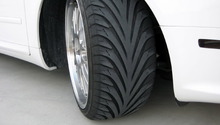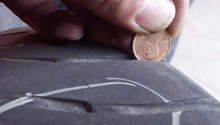Audi A4 B7/B8: Tires General Information and Specs
Tire sizing can be confusion, especially the numbers and how to read them. Learning how to read those pesky numbers and understand what may or may not work on your Audi. You'll find some of this information and more here.
This article applies to the Audi A4 B7 and A4 B8 (2005-2015).
Tires are like any other part of your A4: different owners want different things out of them, from more grip to a smoother ride. You can go to the tire shop and they'll sell you some tires, but are they the ones they want to sell you or the tires that suit your car and driving style? Having a decent understanding of tires sizes and types will result in a much better buying experience.
This article is meant to give you some of that understanding and a better appreciation for the black rubber donuts, which go round and round. If you get the right tires, you'll be much happier with the outcome.
Tire Understanding Breakdown
Tire Types
There are four general types of tires readily available, each according to its need. Winter tires are good in snow and ice, but you'll find they wear out fast on dry pavement. All-Season tires can be used year round and in most conditions with good results, though they don't have as much snow traction as winter specific models, or as much dry grip as summer tires. Summer tires are not for snow and barely for rain, but they give you great traction on dry pavement. Track tires are for maximum grip in the twisties on track day. These should not be used on the street and will wear out much quicker due to softer rubber compounds.

Size Markings
There is a lot of lettering that is on tire sides. There is one portion in particular which we'll pay attention to and that's the size. The standard base model size tire for a 2007 Audi A4 is P215/55R-16. The meaning of each of these are as follows:
| Indicator | Description |
|---|---|
| P | Passenger |
| 215 | Width in mm |
| 55 | Aspect Ratio |
| R | Radial Ply |
| 16 | Wheel Diameter |
The P marking describes the tire as being for passenger vehicles. Another common type found here is LT, which is a "light truck" tire used on pickup trucks and vans. The 215 number is the width of tread in millimeters. This is a subjective measurement, as manufacturers can measure their tires slightly differently. The 55 indicator is the aspect ratio. The aspect ratio will tell you the height of the sidewall (the area between the bead and the tread), as a percentage of tread width. If the aspect ratio is 55 and the width of the tire is 215mm, you can expect the sidewall a little over 118mm in height. Again, this number is somewhat subjective. R is for radial tire. I have no clue why this is still used. There are bias ply tires, but they are only for antiques and other specialty use. Finally, the 16 is the wheel diameter in inches. There are other marking on most tires too, as seen in Figure 2. To understand them, see this Tire Rack page for the full description.
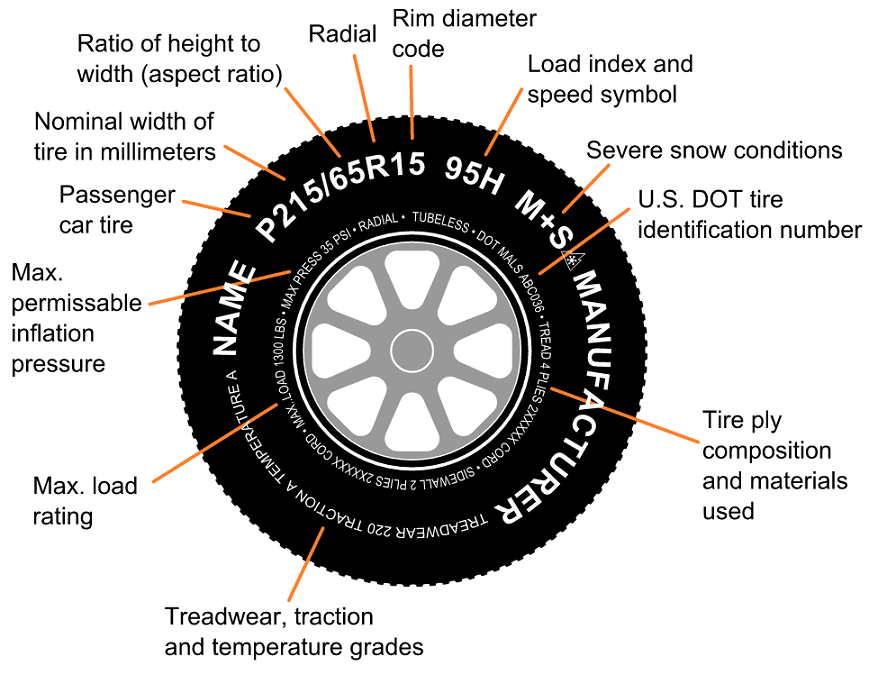
Rotations Per Mile (RPM)
While not thought of very much, having a good understanding of a tire's rotations per mile (RPM) will help you get tires which are very near the spec of an OEM tire. One of the most common upgrades is to up-size the rims and tires. Without knowing the RPMs of a tire, you can make a grievous error in getting the right setup. Most tire stores online will have the RPMs listed for any tire you are planning to purchase as well as your OEM ones. Keeping the RPMs very near the same will allow you not to worry whether your speedo is going to be correct or not, so as not to confuse the computer. It will give you the right ride height as well. Typically an easy guideline for the RPMs is to get a tires with the same, or nearly the same, installed diameter.
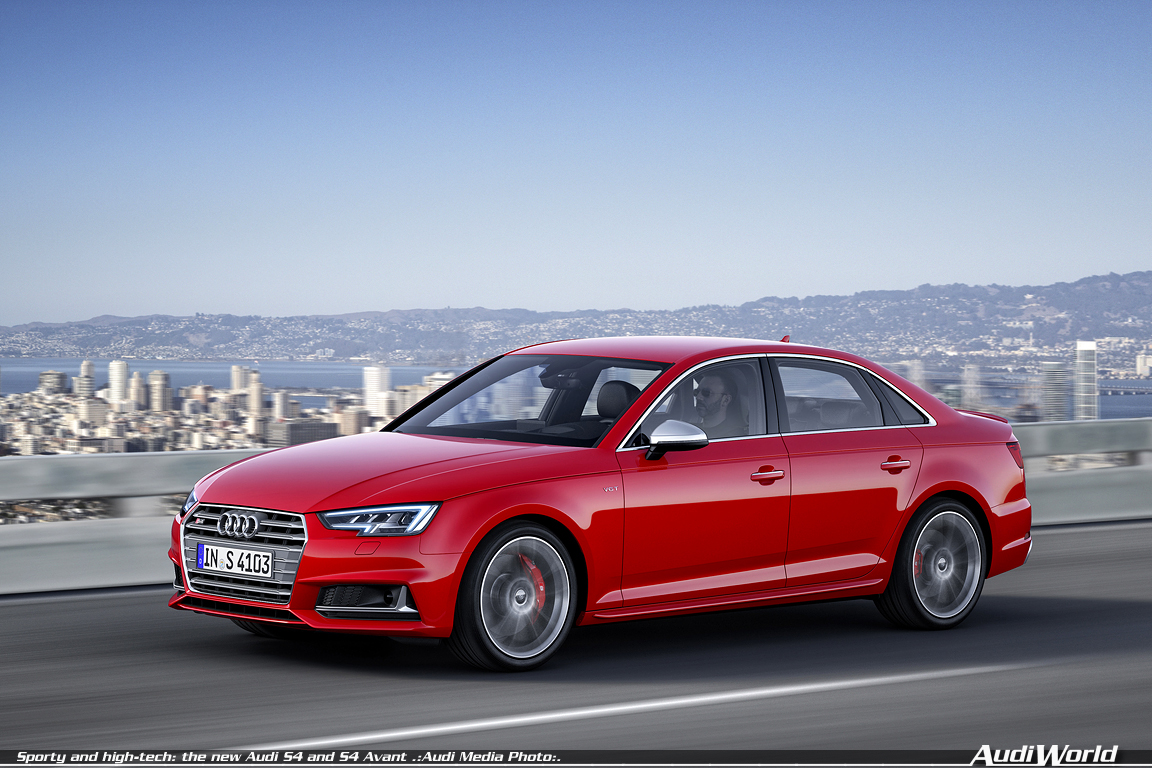
Scheduled Maintenance
The most important part of tire maintenance is rotating them. As long as your tires are the same size front to back, you should try and rotate them at least every 5,000 miles. If they are not the same size, at least swap the tires from side to side, unless the tread is directional. The understanding is that keeping your tires on a proper rotation schedule will allow you to get another 5-10% tread life out of your tires. The main reason for rotating them is because the front tires on a front-wheel drive, or all wheel drive, car tend to wear faster than the rears due to the front tires being driven and steering, and doing the majority of the braking. Rotating them gives the fronts and the rears the chance to wear evenly.
Another thing to check regularly is tire pressure. Keeping the tire pressure in spec will help it to wear more evenly, as well as provide you with the best fuel mileage. There is a chart which should be located inside the driver's door jam. You should follow Audi's pressure guide, not what is listed on the sidewall of the tire. Under-inflated and over-inflated tires are bad for different reasons, but bad all the same. Don't play with your life, the life of your passengers, or those around you. Use the correct pressure. The tire pressure chart should look something like this:
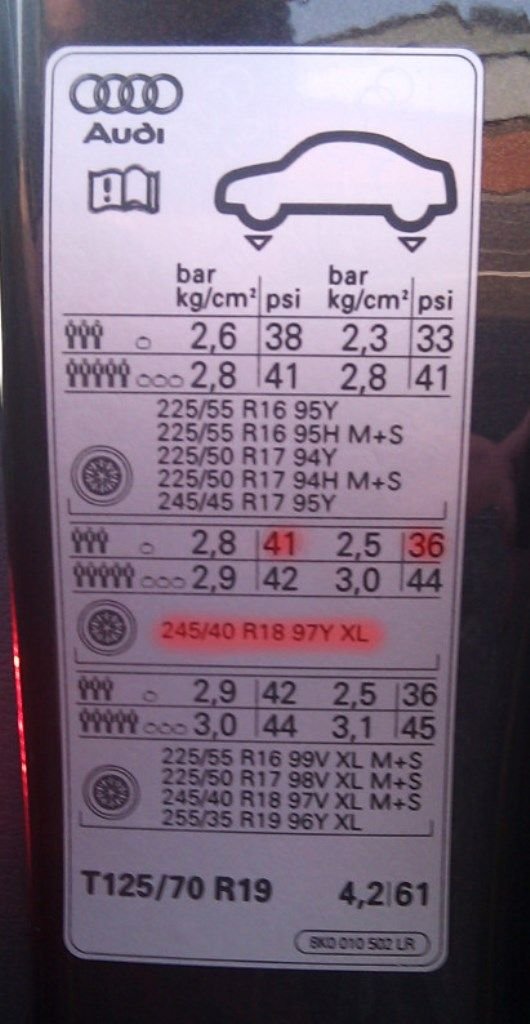
Common Questions
How often should I rotate my tires?
The most common period for rotating your tires is every 5,000 miles, or every oil change.
Is it possible to put wider tires on the 17" stock wheels?
It is usually suggested you should plus your rim size if you want wider tires. If you put too wide of tire on a skinny rim, your tires will bulge and not give you a proper contact patch. If you put too skinny of a tire on wider rims, it can make it so you are actually riding on the sidewall somewhat. There is a range of tires which can fit on a rim. If you know the width of the rim, it is usually around +/- 10mm. To get a proper feel for it, there are several tire/rim calculators on the web, such as this one.
How do I know if my tire is worn out?
There are wear bars which are built into tires. If you have worn the tread down to these, it's well past time for replacement. A common test for tire wear is the penny test. Using a penny, put Lincoln's head facing down toward the tread in the groove. If you can see the top of Lincoln's head, it's past time to replace. If you cannot see the top of Lincoln's head, but it's really close, replacing your tires should be considered soon.
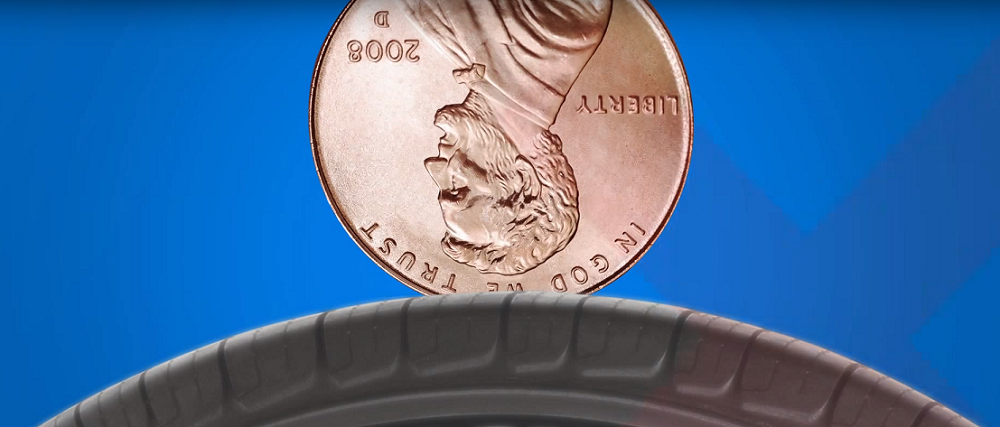
Common Issues
Alignment Issues
When you purchase new tires, protect your investment by getting a 4-wheel alignment. If you don't and there is a geometry issue, you can expect wear to be greatly accelerated on at least two of the tires, usually the front.
Tire Conicity
While not exactly common, if the belts on a tire are not perfectly aligned during manufacture, a condition called conicity can occur. With a belt off center, one side of the tire becomes larger than the other and forms a cone shape. When this happens, the tire will always want to pull to one side. This can be hard to diagnose as it usually appears to be an alignment issue.
Tire and Wheel Balance
Tire and Wheel imbalance occurs if they are not balance correctly during the mounting process, or if some of the attached weights come off (thrown weight). When this occurs, vibration will occur usually at a given speed speed range (ie: 45-60 mph). If this is the issue, you'll notice it every time you get to this speed regardless of engine speed or demand.
Tread Separation
Sometimes, before a tire wears out, the tread will start to detach itself internally from the carcass of the tire. This usually presents itself as a rumbling sound and feel, and can even seem like a bad wheel bearing, hub or CV joint. The only solution is to replace the tire. If you do have these symptoms, try rotating the tire and see if the noise moves with the tires.
Related Discussions
- Tire Size and Stock Wheels Question - AudiWorld.com
- Tire Size on 17" Rims - AudiWorld.com
- 05 A4 Sedan Tech Specs PDF - AudiWorld.com
- Maximum Tire Size Without Rubbing - AudiWorld.com
- How Long Do Stock Tires Last - AudiWorld.com


